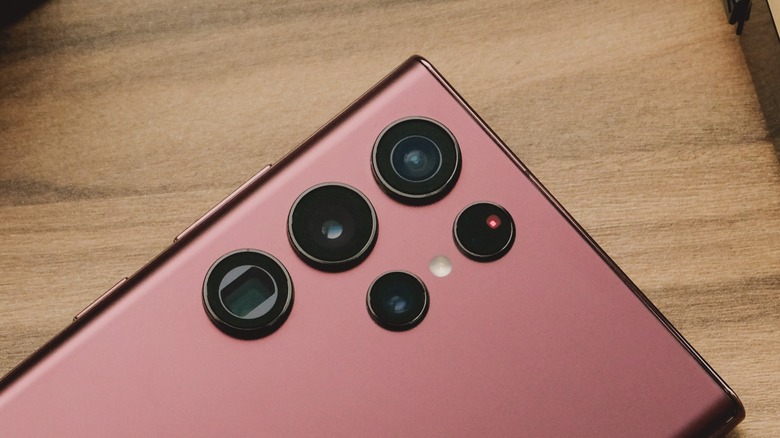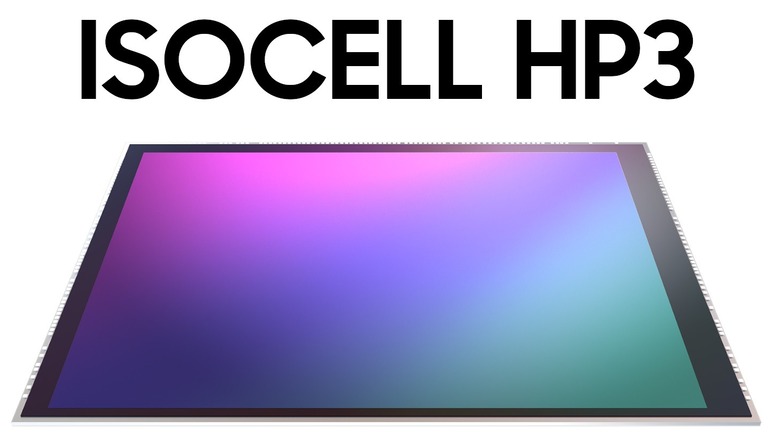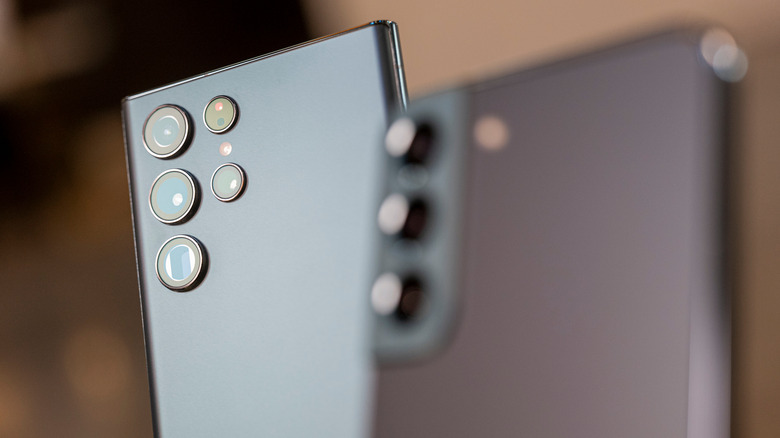Samsung Launches A New 200MP Camera Sensor With The Industry's Smallest Pixels
We may receive a commission on purchases made from links.
Samsung's semiconductor division, which is behind the company's Exynos line of chipsets and processors, is also in the business of designing and manufacturing smartphone camera sensors. Last year, this division was in the news when it launched the world's first 200MP camera sensor for smartphones — the Samsung ISOCELL HP1. Although the HP1 sensor is yet to make it to a smartphone that consumers can buy, earlier today, Samsung announced the launch of a new 200MP camera sensor.
This new sensor has been dubbed the Samsung ISOCELL HP3, and at first glance, it seems like a successor to the HP1 sensor from 2021. Given that the HP1 sensor did not find a single taker and is yet to arrive on a commercially available smartphone, the decision to launch another 200MP sensor might seem rather strange. Upon closer inspection, though, it becomes evident that the HP3 sensor is quite different from the original HP1 sensor in many aspects, with the key difference being its size.
Samsung ISOCELL HP3 sensor: Everything you need to know
With a size of 1/1.4-inches and a pixel size of 0.56μm, the HP3 sensor is quite a bit smaller than the HP1, which was a 1/1.22-inch sensor with a pixel size of 0.64μm. This 12% reduction in pixel size while keeping the same native resolution has also resulted in a sensor that is physically smaller than the HP1. Given this sizable difference, the HP3, according to Samsung, will require far less room (a reduction of up to 20%, as Samsung claims) within the smartphone body where real estate is at a premium.
Newer additions to the ISOCELL HP3 sensor include a new feature called the Super QPD autofocus mechanism in which individual pixels on the sensor have the ability to autofocus. Samsung claims this mechanism will enable even faster and more accurate autofocus. It remains to be seen how different or better this system is compared to Samsung's already sound Dual Pixel AF system. The HP3 sensor is also said to offer improved HDR performance and with the help of pixel binning, it can capture 50MP shots or 12.5MP images. In addition, the sensor supports 4K video capture at up to 120fps and the encoding of 8K videos at 30 fps, with minimal loss in the field of view.
Are brands reluctant to embrace 200MP?
The primary goal behind the launch of a new sensor seems to be an attempt to make 200MP cameras become mainstream on mid-range and high-end devices. Samsung has always been a big proponent of the megapixel count and has previously been in the news for its 108MP sensors, which are still used on many smartphone models across the world. These brands, however, seem to have been reluctant to go further up the megapixel ladder.
Besides, the incentive to opt for the newer HP series sensors was low given that these sensors faced serious in-house competition from Samsung's impressive and proven 50MP ISOCELL GN2 and 108MP ISOCELL HM3 sensors, which already do a great job. It remains to be seen if the HP3 sensor's proclaimed capabilities are impressive enough for brands to finally make the switch to a 200MP sensor from Samsung. The company has already begun sending samples to smartphone brands for testing and has confirmed that it intends to mass-produce the ISOCELL HP3 sensor starting in 2023.


